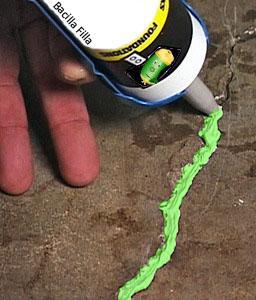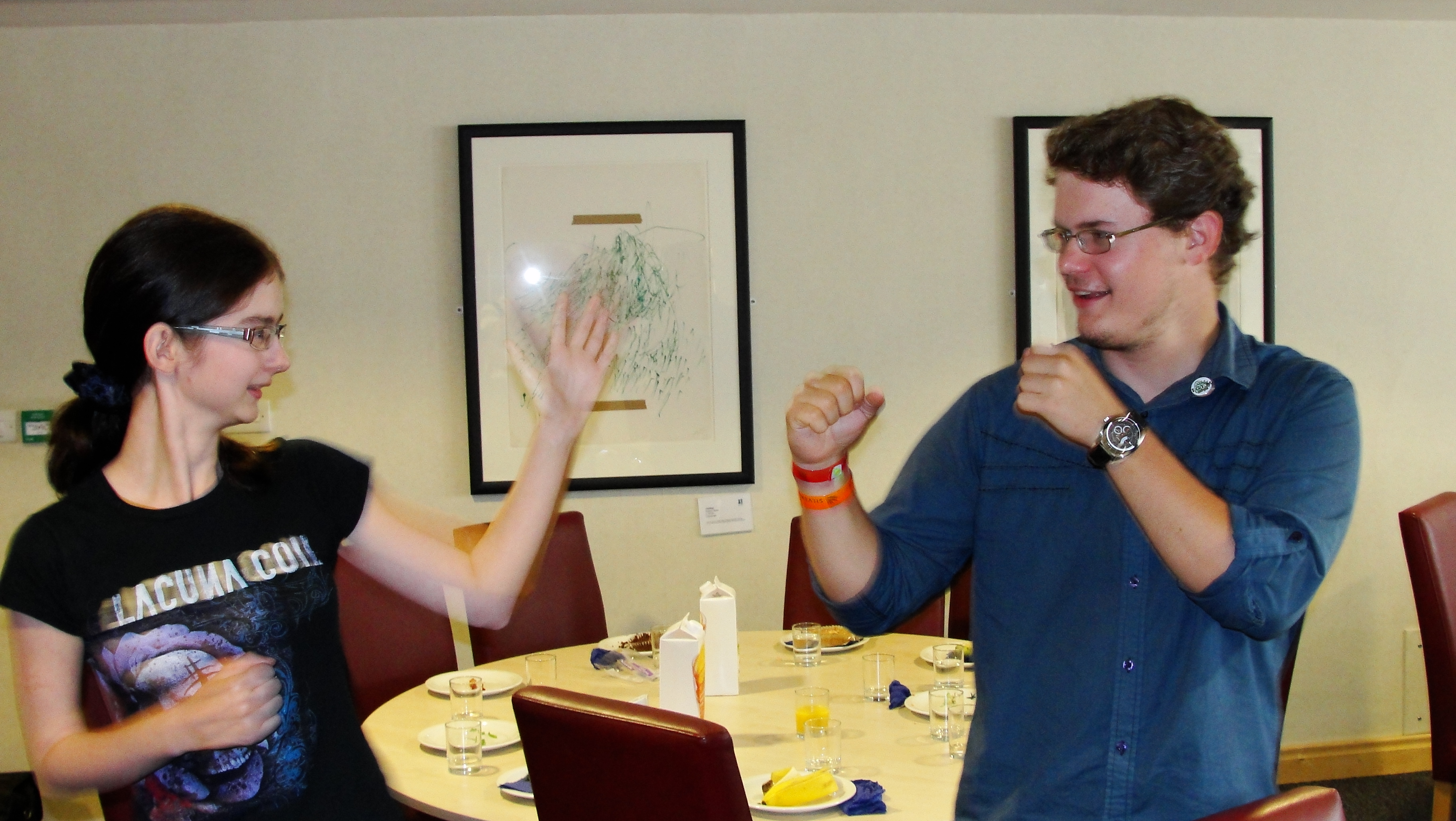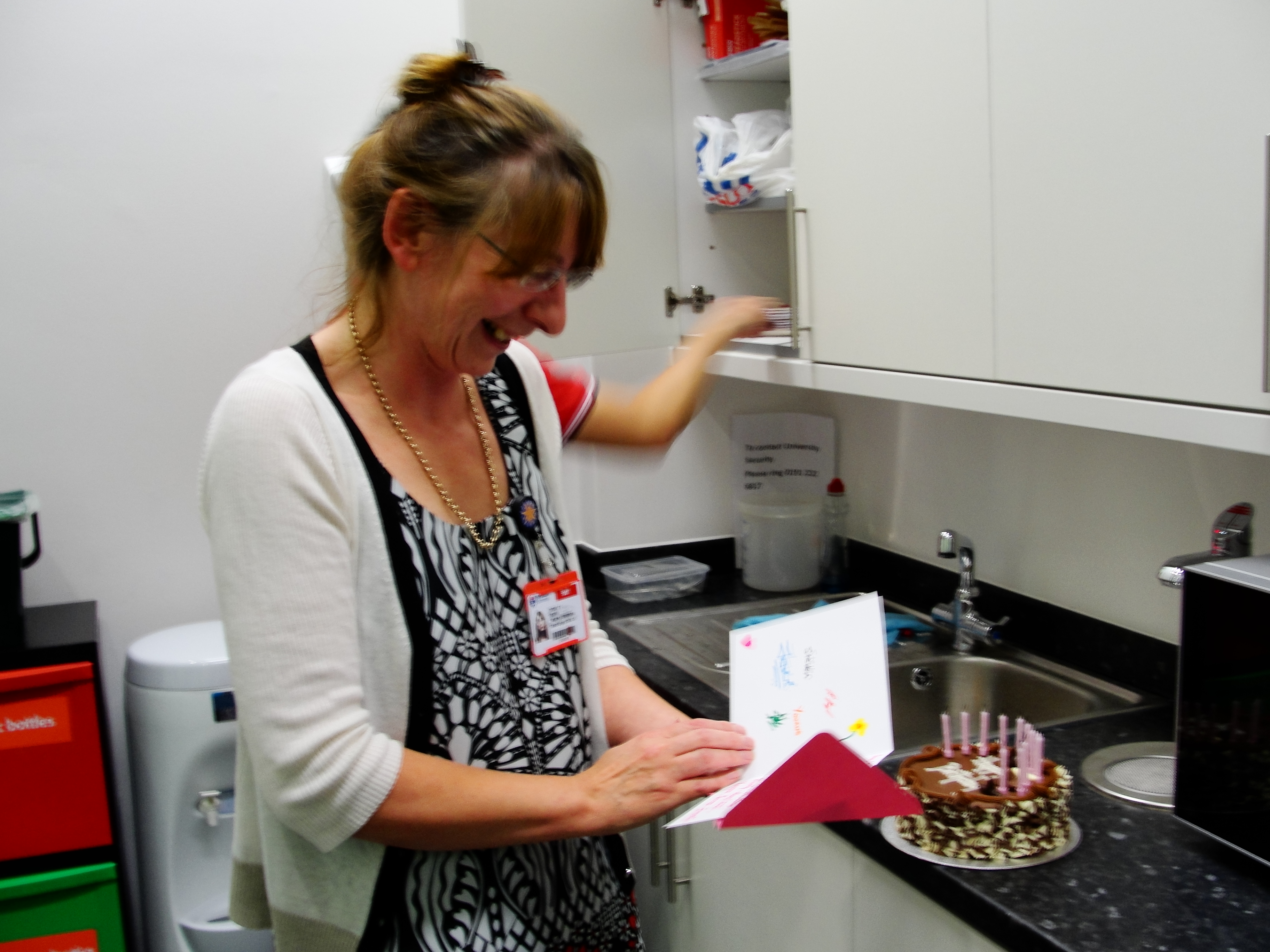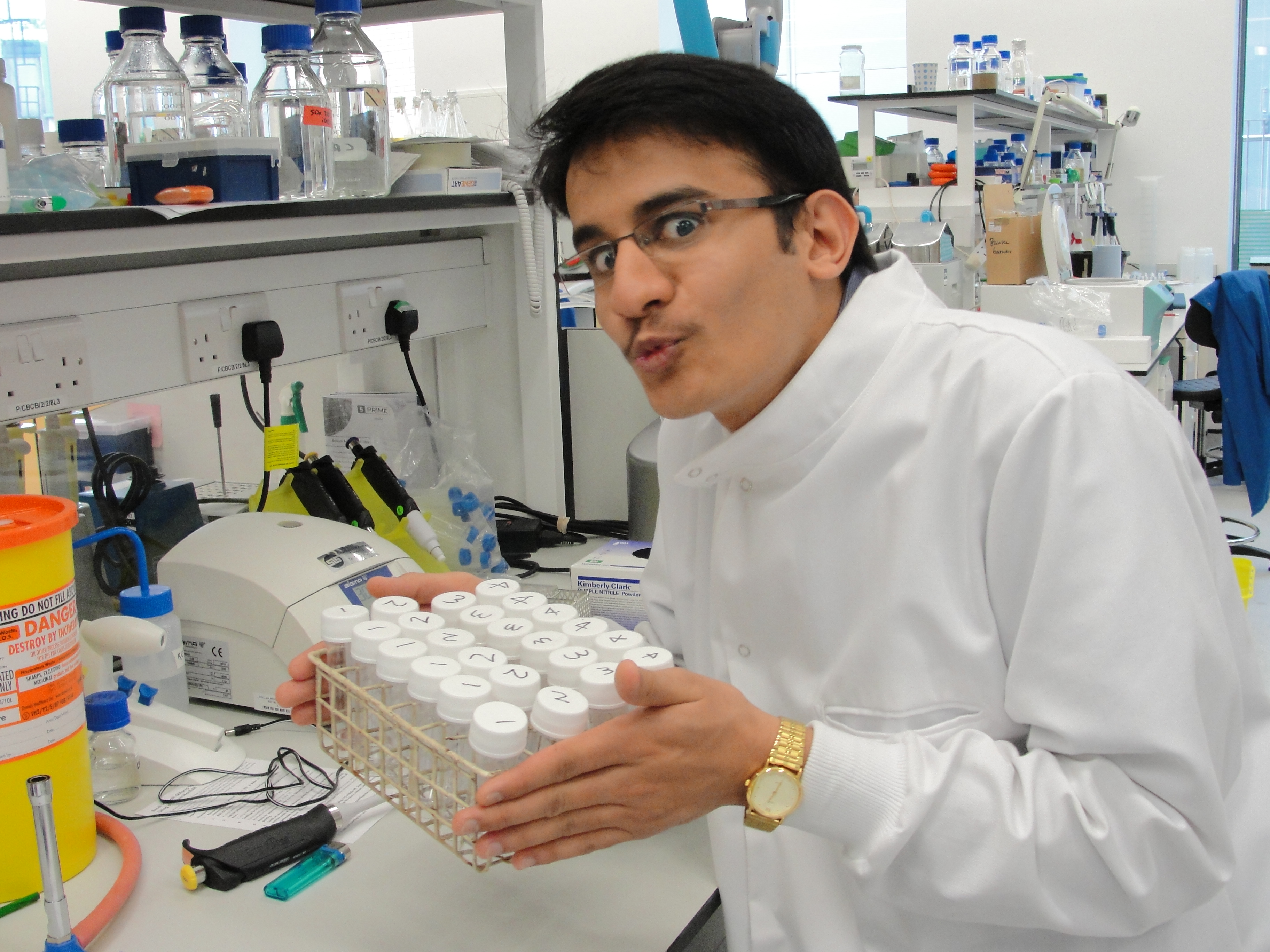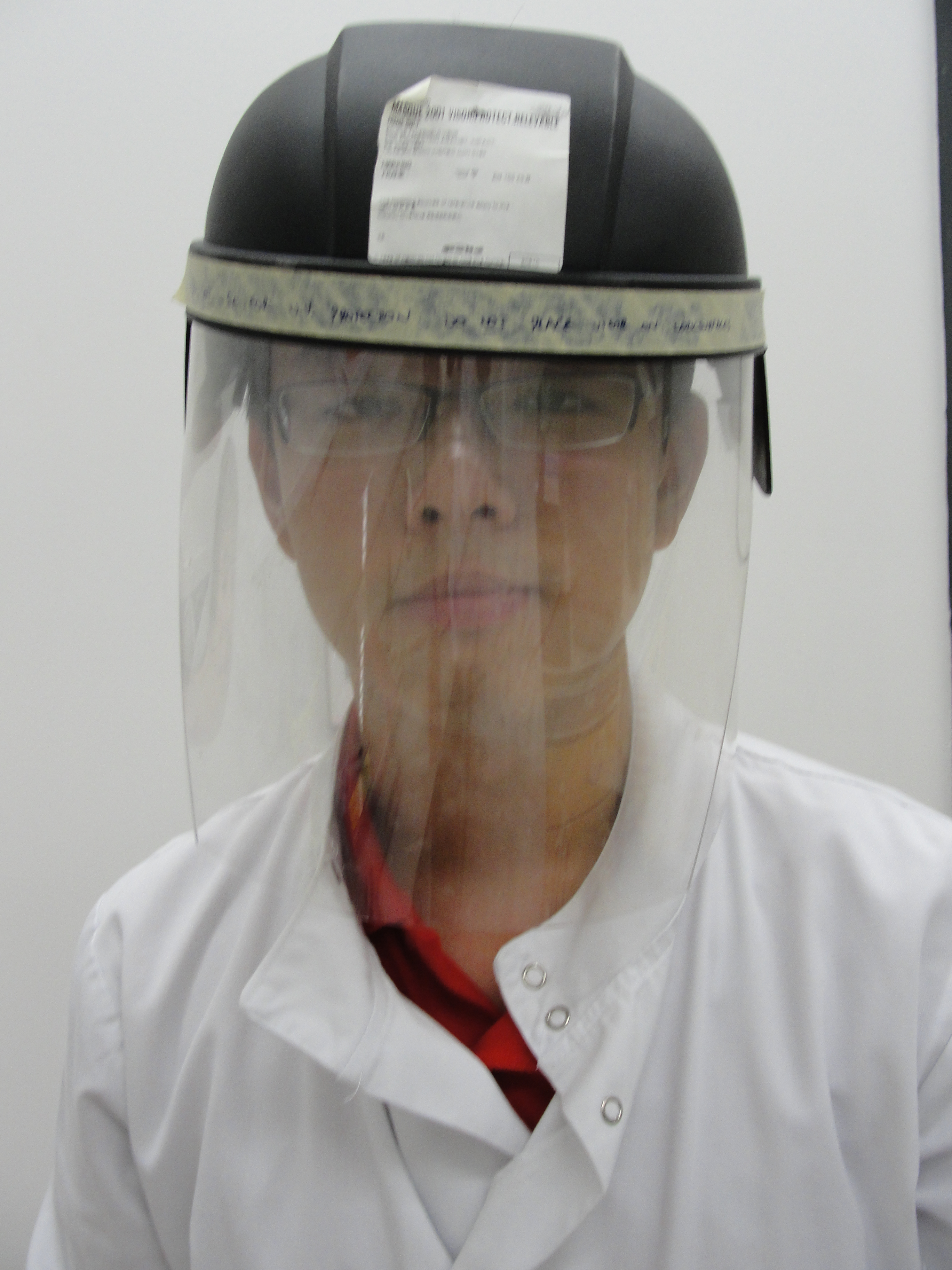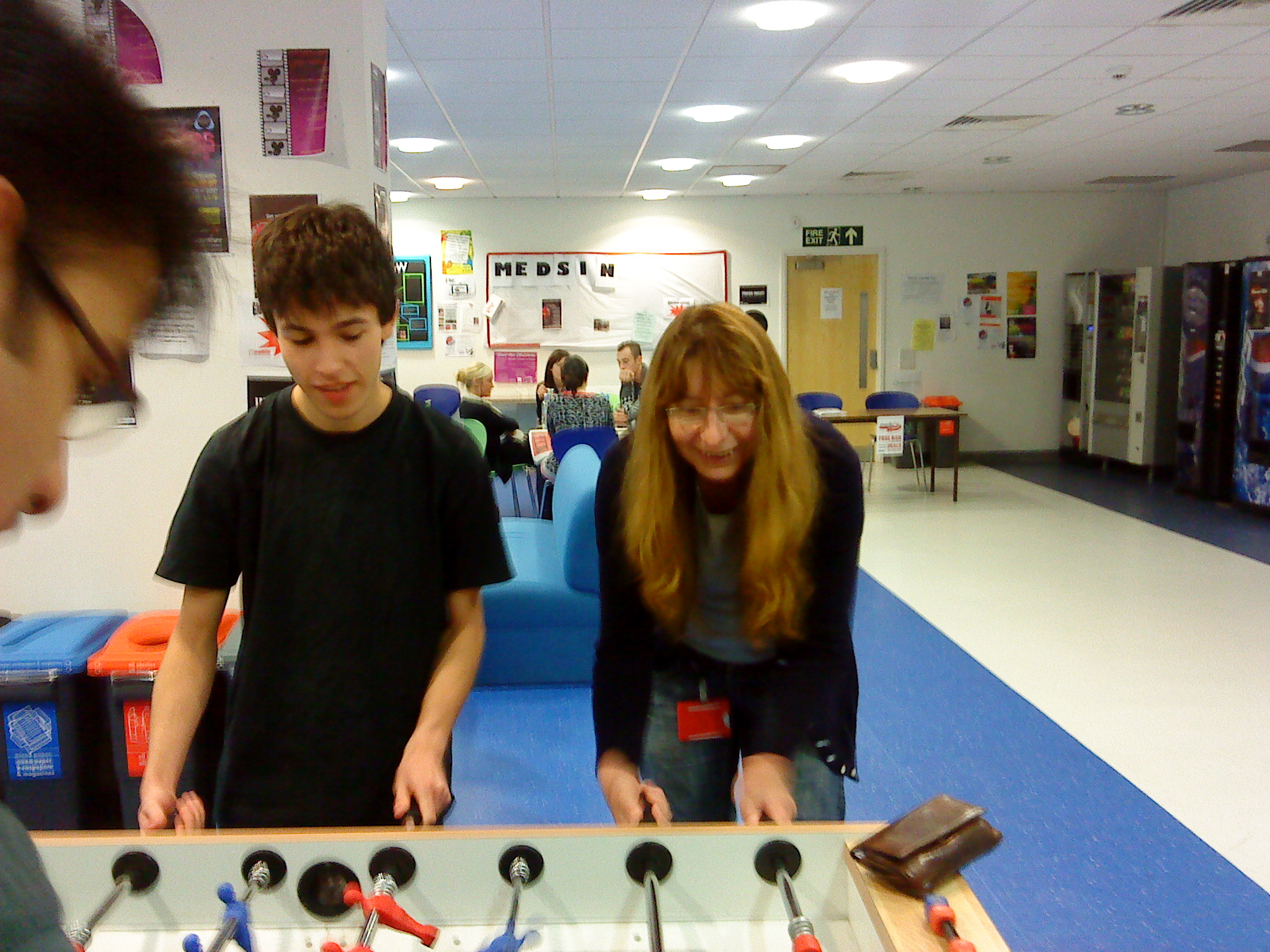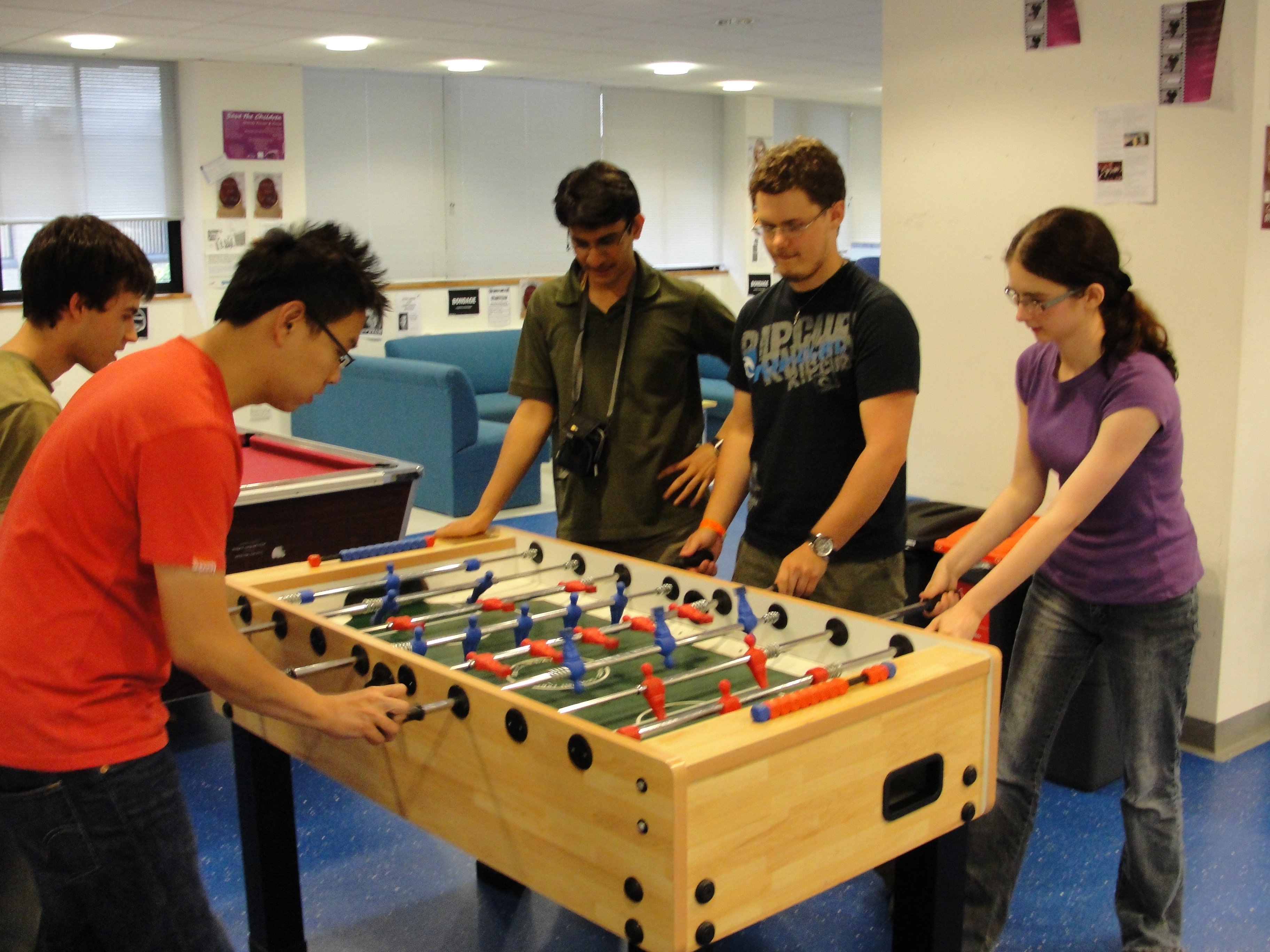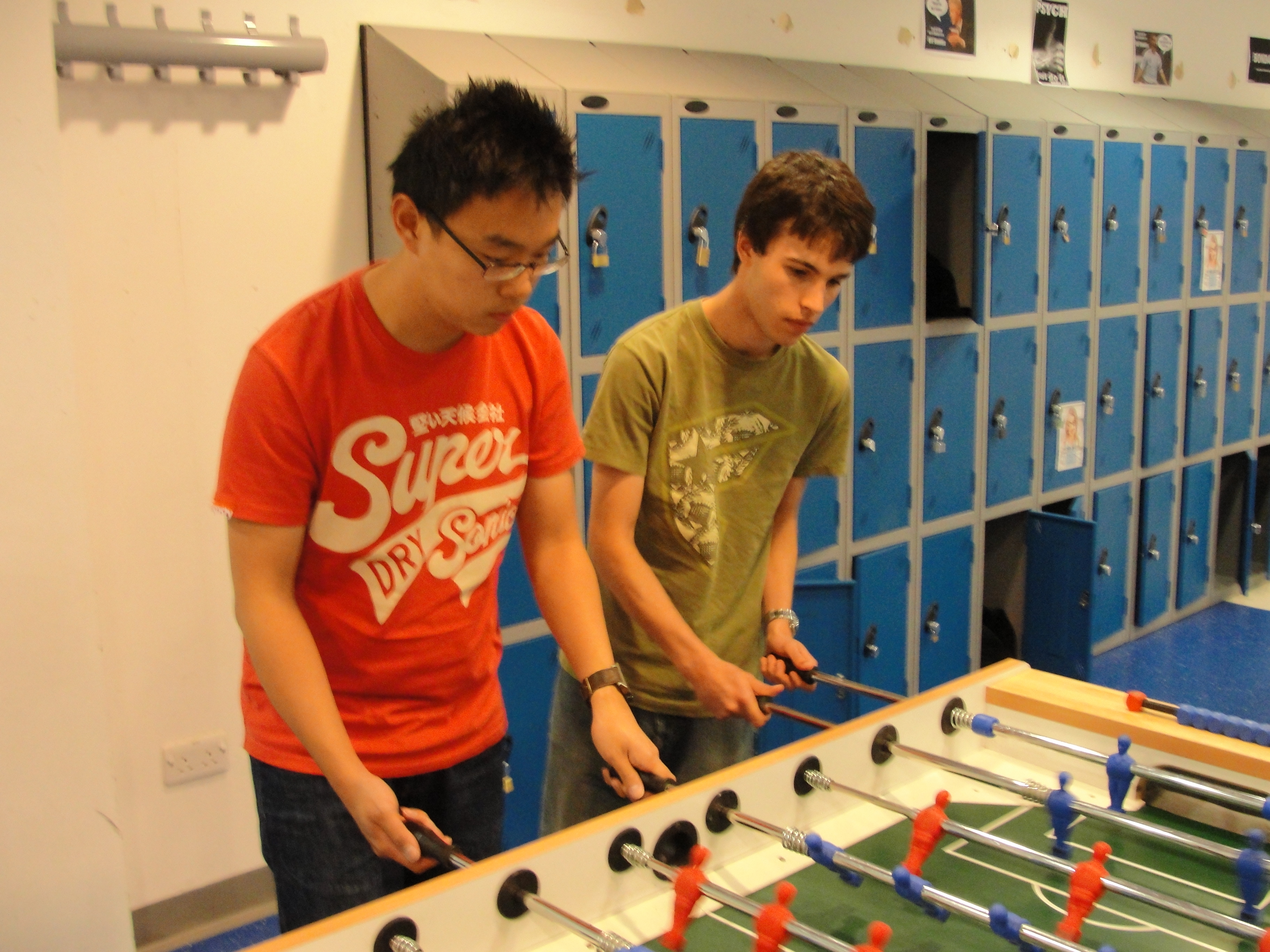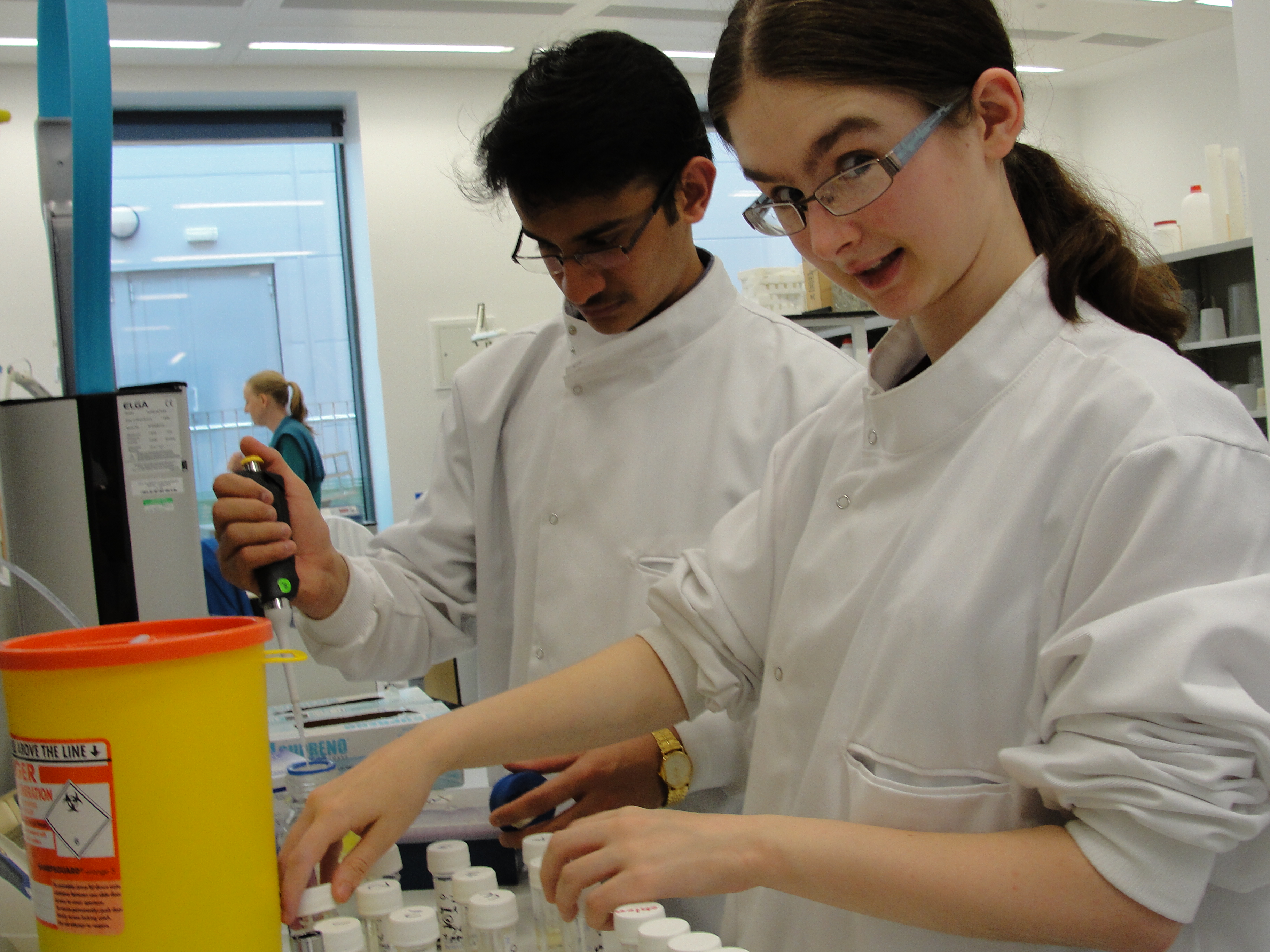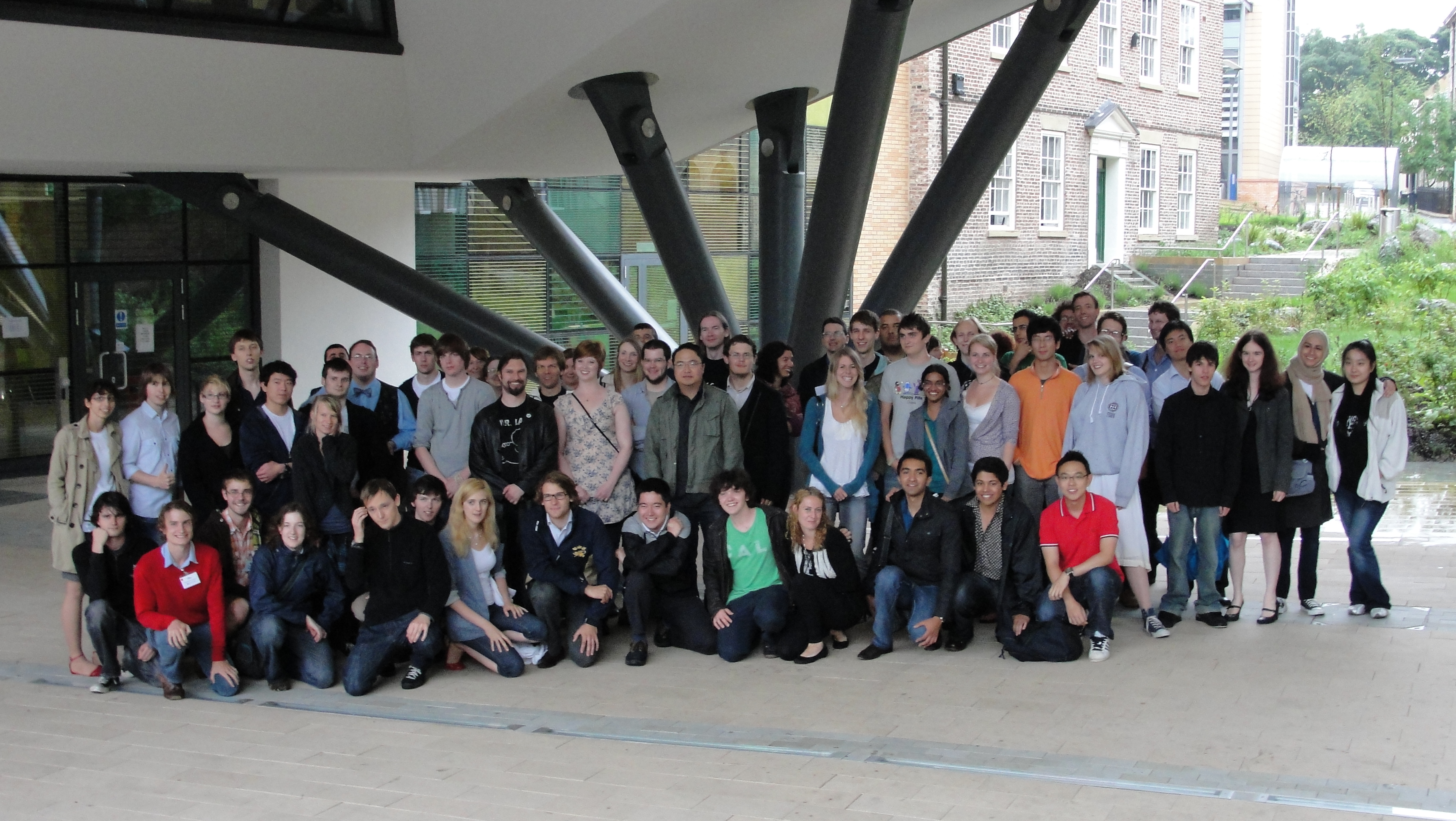Team:Newcastle/other
From 2010.igem.org
(Difference between revisions)
Swoodhouse (Talk | contribs) (→Gibson) |
|||
| (122 intermediate revisions not shown) | |||
| Line 1: | Line 1: | ||
{{Team:Newcastle/mainbanner}} | {{Team:Newcastle/mainbanner}} | ||
| - | + | ==Photos== | |
| - | + | ||
| - | + | ||
| - | + | ||
| - | + | ||
| - | + | ||
| - | + | ||
| - | + | ||
| - | + | ||
| - | + | ||
| - | + | ||
| - | + | ||
| - | + | ||
| - | + | ||
| - | + | ||
| - | + | ||
| - | + | ||
| - | + | ||
| - | + | ||
====Team Photos==== | ====Team Photos==== | ||
| + | {| | ||
| + | |[[Image:teamnewcastlephoto1.jpg| 300px]] | ||
| + | |[[Image:teamnewcastlephoto2.jpg| 300px]] | ||
| + | |[[Image:Newcastle iGEM Teampic.jpeg| 300px]] | ||
| + | |} | ||
| - | ==== | + | ====Random Photos==== |
| - | + | [[Image:newcastle_funny1.jpg|200px]] [[Image:newcastle_funny3.jpg|300px]] [[Image:newcastle_funny5.jpg|300px]] [[Image:newcastle_funny4.jpg|300px]] [[Image:newcastle_funny2.jpg|300px]] [[Image:newcastle_funny6.jpg|300px]] | |
| + | [[Image:newcastle_funny7.jpg|300px]] [[Image:newcastle_funny8.jpg|300px]] [[Image:newcastle_funny9.jpg|300px]] | ||
| - | == | + | ====Hoppings Photos==== |
| - | [[ | + | {| style="width:100%;" cellpadding="4" cellspacing="4" border="0" |
| + | |- | ||
| + | |style="background-repeat: no-repeat; background-color: #ffffff; height:200px; width:300px"|[[Image:Newcastle_iGEM_funfair.jpeg]] | ||
| + | |style="background-repeat: no-repeat; background-color: #ffffff; height:200px; width:300px"|[[Image:Newcastle_iGEM_funfair2.jpeg]] | ||
| + | |style="background-repeat: no-repeat; background-color: #ffffff; height:200px; width:300px"|[[Image:Newcastle_iGEM_funfair3.jpeg]] | ||
| + | |- | ||
| + | |} | ||
| + | =='''UK iGEM Get Together'''== | ||
| + | [[UK_Meetup_2010#UK_iGEM_get-together.2C_Newcastle.2C__20th_and_21st_July.2C_2010| UK get together]] | ||
| - | == | + | [[Image:newcastle_ukget.jpg|800px|centre]] |
| + | ====Programme==== | ||
| - | + | [[Media:Programme_for_UK_Gathering_at_Newcastle.pdf|The Programme for UK Gathering at Newcastle]] | |
| - | + | ====Presentation==== | |
| - | + | [[Media:Final presentation 8.0!.pdf|Our Presentation for the UK Gathering at Newcastle]] | |
| - | + | ====Questions==== | |
| - | + | Questions asked about our presentation: | |
| - | + | ||
| - | + | #Would this project require us to change the strength of the filamentous cells in relation to different types of concrete? | |
| - | + | #What is the strength of filamentous cells? How do filamentous cells actually help to fill up the cracks? | |
| - | + | # How can repairing microcracks in concrete help to prevent a building collapsing in an earthquake? | |
| - | + | ||
| - | + | ||
| - | + | ||
| - | + | ||
| - | + | ||
| - | + | For answers to these questions see [[Media:Concrete.pdf|Deena's concrete lecture]] | |
| - | + | ==Attribution and Contribution== | |
| - | + | [[Team:Newcastle/Attribution and Contribution|Attribution and Contribution]] | |
| - | + | {{Team:Newcastle/footer}} | |
Latest revision as of 19:26, 25 November 2010

| |||||||||||||
| |||||||||||||
Contents |
Photos
Team Photos
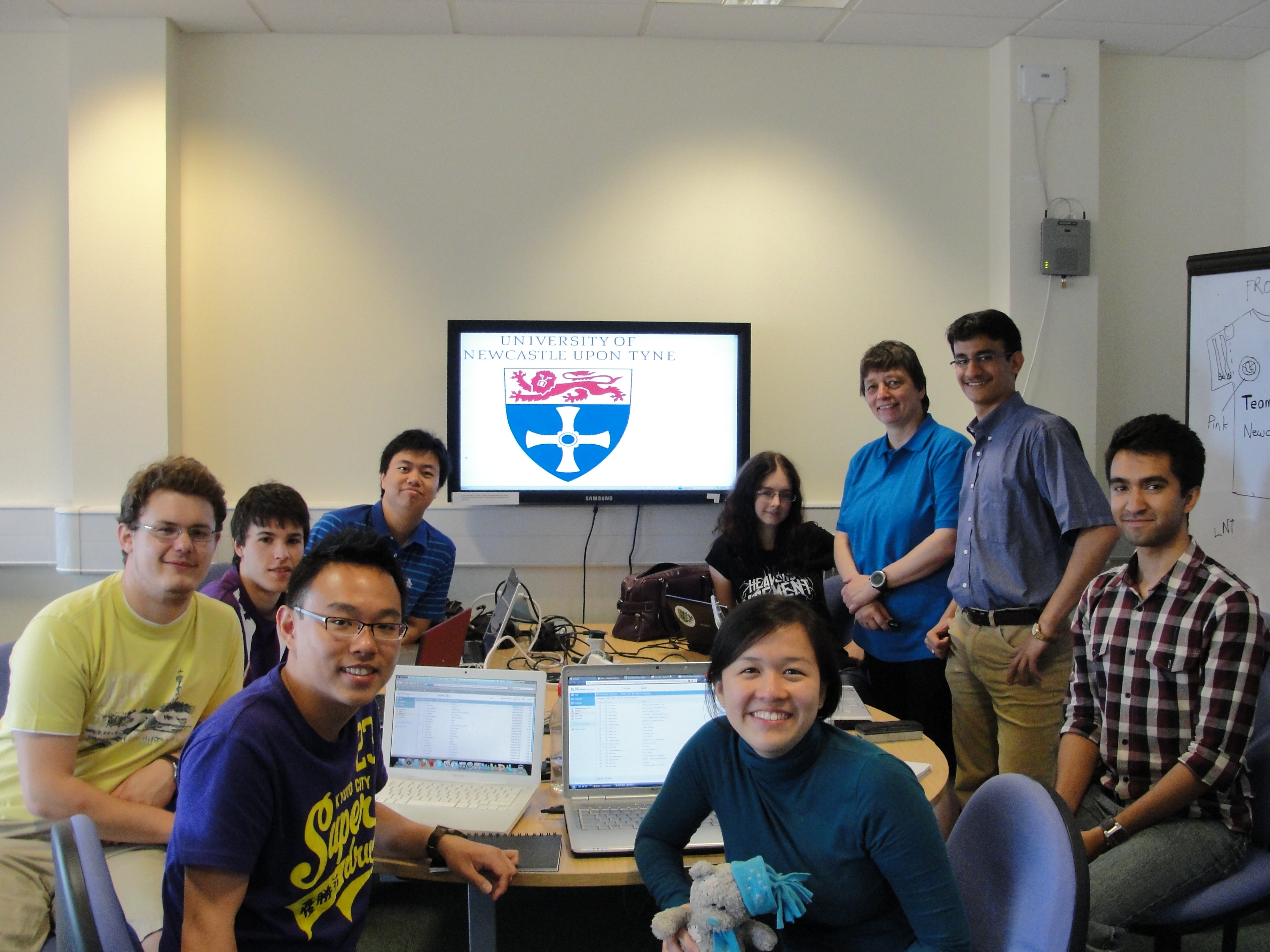
| 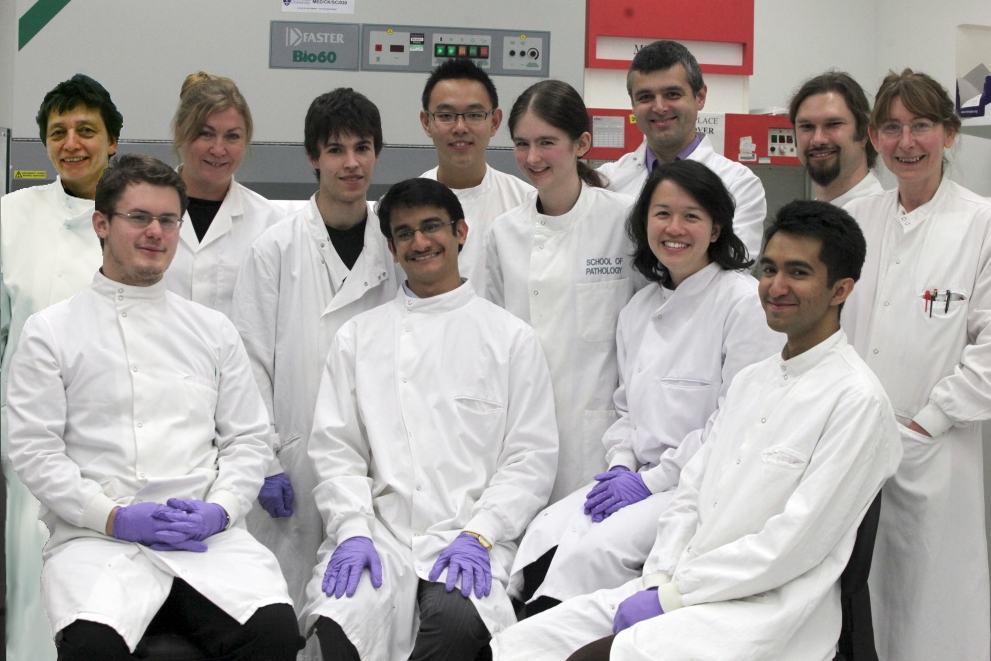
| 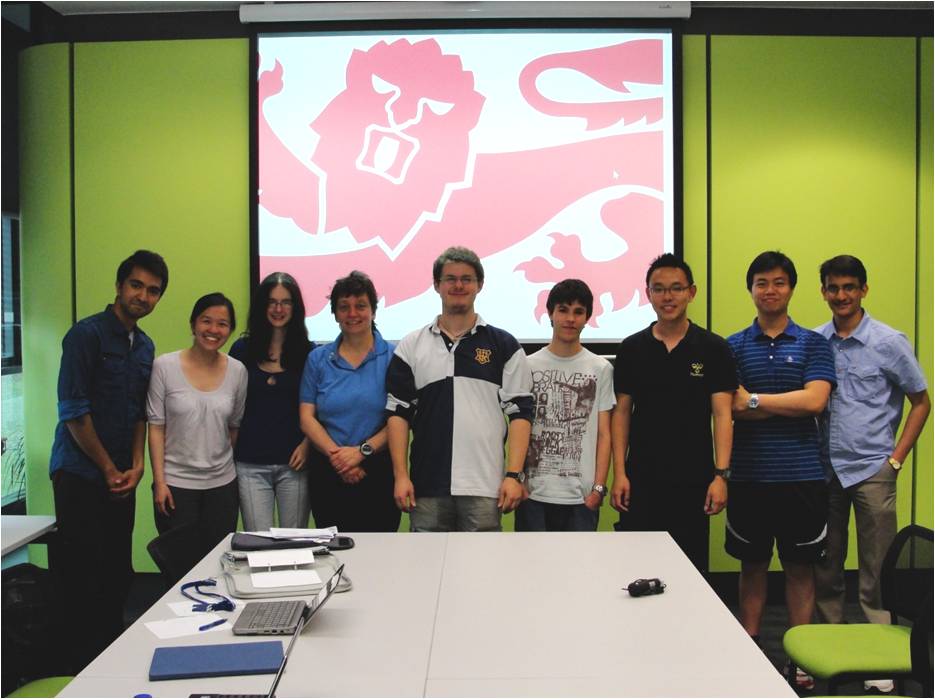
|
Random Photos
Hoppings Photos

| 
| 
|
UK iGEM Get Together
Programme
The Programme for UK Gathering at Newcastle
Presentation
Our Presentation for the UK Gathering at Newcastle
Questions
Questions asked about our presentation:
- Would this project require us to change the strength of the filamentous cells in relation to different types of concrete?
- What is the strength of filamentous cells? How do filamentous cells actually help to fill up the cracks?
- How can repairing microcracks in concrete help to prevent a building collapsing in an earthquake?
For answers to these questions see Deena's concrete lecture
Attribution and Contribution
 
|
 "
"
